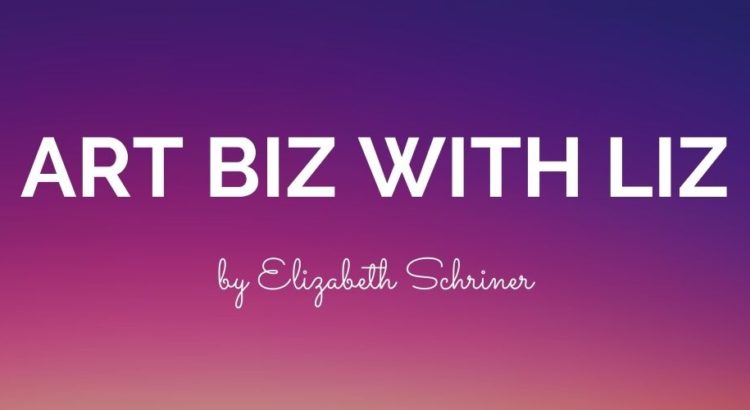Last week, I had the pleasure of attending several events for a conference called “Diversity and Belonging: Unsung Keyboard Stories.” The conference, presented through the Westfield Center for Historical Keyboard Studies and the University of Michigan School of Music, Theatre & Dance, was held from January 26 to the 30.
When I was a child, I loved watching pianists play. It fascinated me how each touch of the key resulted in a specific sound. I begged my parents for lessons and eventually got my wish when we found a local piano teacher. It was easy to imagine that she represented what it “looked like” to be a pianist. But what does the “typical” keyboardist look like? As I grew up and met all kinds of people who were accompanists, artists, and more, I realized that there wasn’t a “typical” instrumentalist (though the music I had been exposed to seemed to suggest so). Even though I didn’t believe I had preconceived notions on the concept, the conference set out to test my ideas.
To start, “keyboardist” does not just mean “pianist.” Though I didn’t learn about many of them until I started college, the keyboard has a variety of different interfaces, including the organ, harpsichord, carillon, clavichord, piano, and electronic descendants. Accompanying these instruments is a rich history, though with that that comes room for discussion as to whether or not it has always been inclusive to everyone. A range of musical artists have been ignored or discounted, and the conference created an opportunity for keyboard scholars, performers, and instrument makers to explore what it means to be a keyboardist—even if that meant questioning history itself.
Both in-person and online, over sixty presenters and performers touched on topics such as diversity, disability, and empowerment in keyboard music. As a carillon student, one event I attended was “Broadening the Carillon Repertoire,” which was a recital presented by my peers featuring a diverse selection of music played on the Baird Carillon. This included a range of pieces, from the Taiwanese folk song “Alishan De Gu Niang” to “The Boy with the Axles in His Hands” (1866) by Thomas Greene “Blind Tom” Wiggins (1849-1908). I also virtually attended the world premiere of Connor Chee‘s “Melody for Kinyaa’áanii Nos. 1-2,” played by Professor Tiffany Ng on the Lurie Carillon. Connor Chee is a Navajo pianist and composer, and it was interesting to hear his work on a carillon.
I also (virtually) attended a presentation by Alissa Freeman, a doctoral candidate at U-M studying piano pedagogy and performance, on the topic of “A New Liberation: Exploring the Keyboard Works of Classical Era Women Composers”. I was aware of the fact that women composers are often erased or ignored in history, but I was stunned at just how underrepresented women composers are in current music history textbooks and concerts across the globe. It was interesting to hear Freeman speak on social commentary surrounding women composers, including how historically, regional differences in Europe led to very different experiences. I enjoyed hearing Freeman play Josepha Barbara Auernhammer’s “Set of Variations.” As I listened to the music, I couldn’t help but think about Auernhammer’s history; Freeman had explained that she held the position of Mozart’s star pupil despite not being of nobility. She sounded awesome and her piece equally so, which was bright and lighthearted. Freeman also played “Sonata in C Major, Op. 7” by Maria Hester Park. Park’s piece was melodic and pretty, though it shifted into a slightly more serious and virtuosic tone at times.
When I played the piano as a child, I had a large book of classical pieces that I often played from. Looking back, I can’t recall playing a piece that was by a woman composer. I’d like to apply the insight I gained from the conference to being more conscientious about whose piece I play and not just what piece I play, whether on the piano or carillon.
If you are interested in learning more about the conference and its presentations, various recital livestreams are still available on the Westfield YouTube channel.



Leave a Reply
Be the First to Comment!